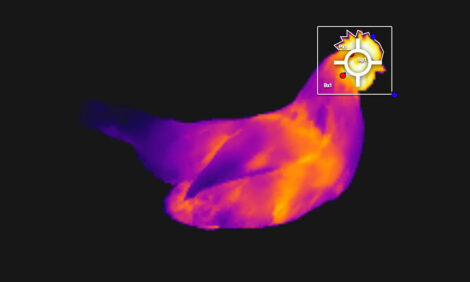



Links Between Broiler Processing and Salmonellosis Investigated
The overall prevalence of Salmonella serotypes isolated from broilers, the serotypes most commonly associated with human illness, and serotypes most commonly found in foodborne salmonellosis associated with chicken or chicken containing products were examined in this research paper from the University of Arkansas.The relationship between broiler processing and foodborne salmonellosis in the US was investigated by Suzanne Finstad of the Department of Food Science at the University of Arkansas and co-authors and their paper soon to be published in Food Research International.
Salmonella is one of the leading causes of foodborne illness worldwide, withover 40,000 cases reported each year in the United States alone according to the Arkansas researchers. Salmonella is often associated with foods of animal origin, with chicken and dishes containing chicken often thought to be the most likely source.
The Food Safety Inspection Service of the United States Department of Agriculture keeps data on the serotypes of Salmonella isolated from Hazard Analysis Critical Control Point verification samples obtained each year.
The Centers for Disease Control and Prevention (CDC) publishes the most common Salmonella serotypes isolated from human disease each year. In addition, CDC maintains records of all reported foodborne outbreaks and the vehicle of illness, when determined.
The review examines the overall prevalence of Salmonella serotypes isolated from broilers, the serotypes most commonly associated with human illness, and serotypes most commonly found in foodborne salmonellosis associated with chicken or chicken containing products, say the researchers.
Reference
Finstad S., C.A. O'Bryan, J.A. Marcy, P.G. Crandall and S.C. Ricke, 2011. Salmonella and broiler processing in the United States: relationship to foodborne salmonellosis. Food Research International (in press). doi:10.1016/j.foodres.2011.03.057.
Further Reading
| - | You can view the full report (fee payable) by clicking here. |
April 2011








